The newest adaptation of Bram Stoker's gothic horror masterpiece, Dracula, has been recently brought to us by Netflix and the minds behind BBC's Sherlock. While it is certainly an entertaining version of the tale of Count Dracula, at best it is mostly a mixed bag of elements both classic and modern.
Vampire purists will no doubt catch the sample platter of elements from Stoker's original novel, and hardcore horror hounds will no doubt appreciate the gratuitous gore and shock factor that pumps new blood into this adaptation. Get ready to sink your teeth into a new breed of evil as we look at the old and new elements in Netflix's Dracula.
10 By The Book: Harker is Rescued by Nuns
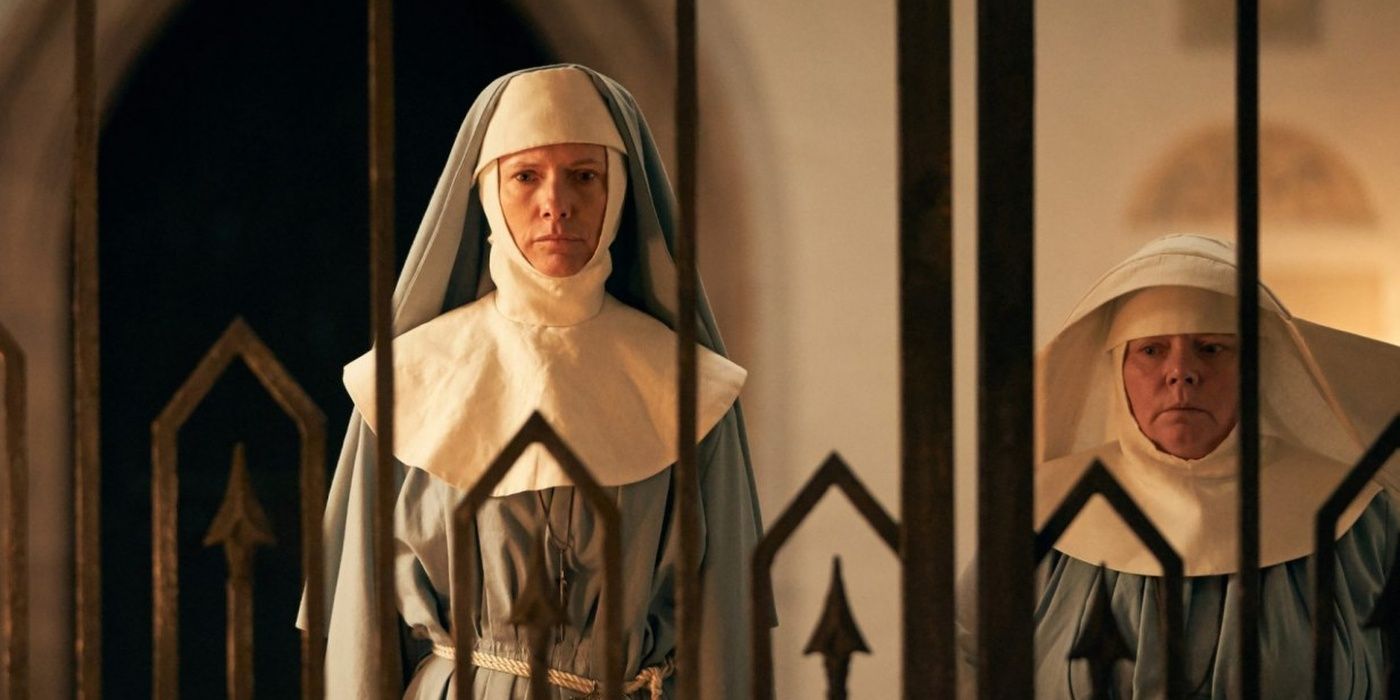
When we are first introduced to a very sick and corpse-like Johnathan Harker in the Netflix series, we see that he is under the care of a convent of nuns at an abbey in Budapest to whom he is giving his account of his time at Castle Dracula in Transylvania. Though this is not exactly how the novel begins, these events are present in the original text.
In the Book, Johnathan escapes the castle and is saved by nuns, but not before suffering a terrible brain fever after fleeing Dracula's brides. Though similar events do occur, Harker's rescue is something quite a few adaptations leave out.
9 Netflix Original: Harker Is More Like Renfield
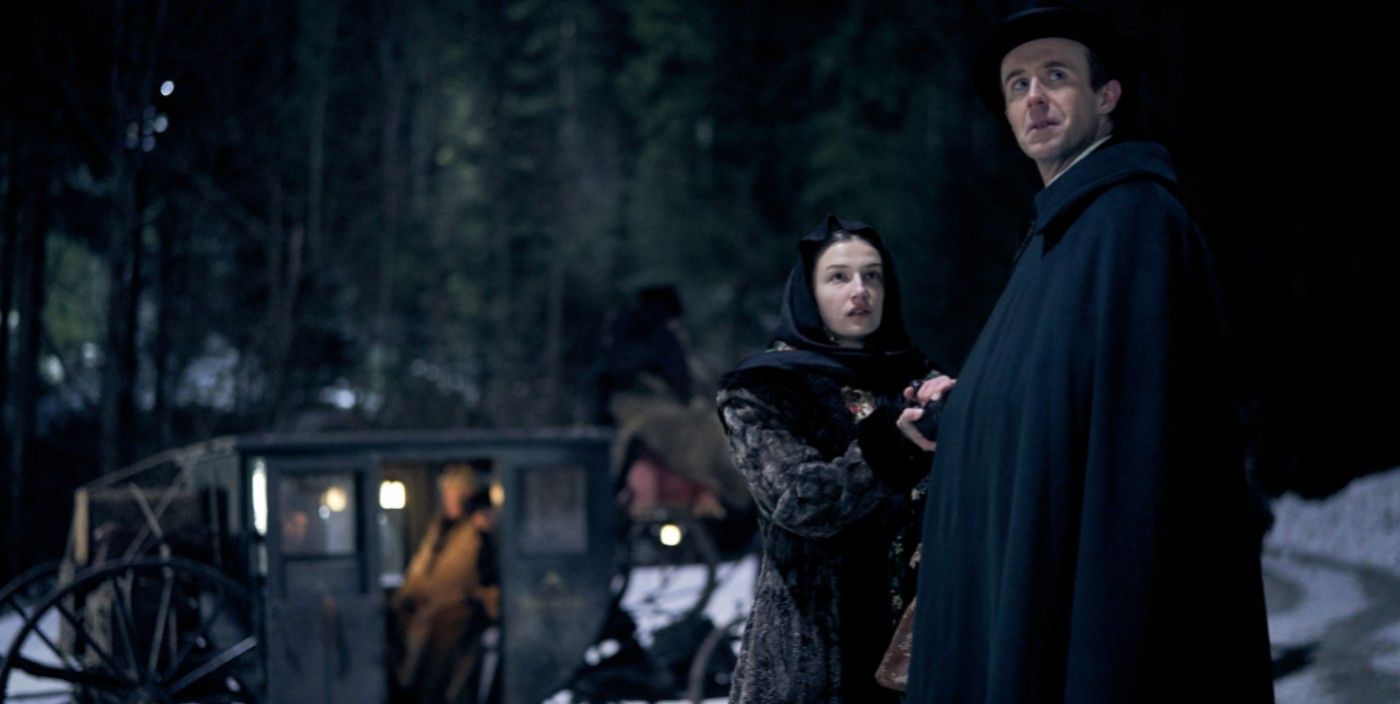
Although Renfield himself does make an appearance towards the end of the series, when we're first introduced to Johnathan Harker, we see a painfully sick man who is still under the influence of the infamous Dracula. In the book, this fits more with the insane Renfield than Mina's imprisoned fiancee.
This is driven even further home when we see the pages and pages of praises to Dracula seen in Harker's written account presented by Sister Agatha. Throw Harker in an asylum and give him an obsession with flies (instead of a visual aid) and you've got a classic Renfield.
8 By the Book: Dracula's Aging Form
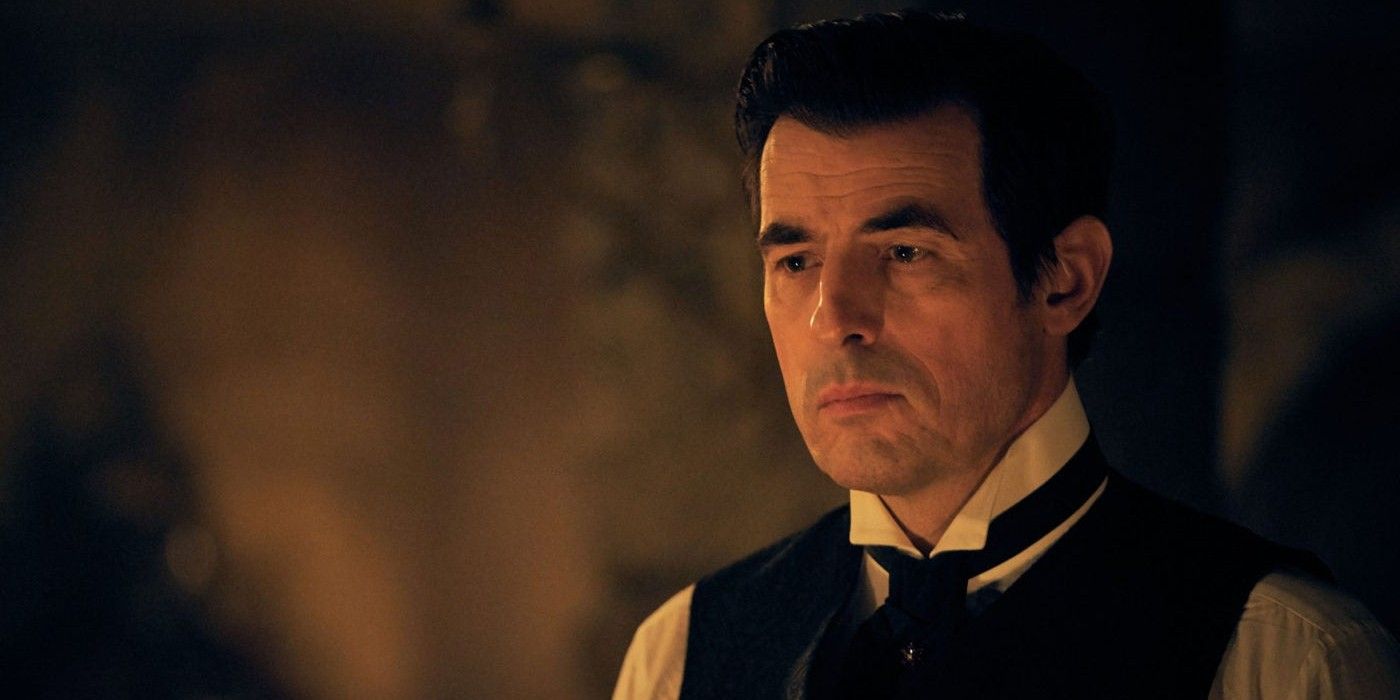
When many people hear the name Count Dracula, the image of a fanged gentleman in a long black cape is usually the first thing to come to mind. Think Bela Lugosi in the 1931 film. However, when we are first introduced to the count in the book, he's a frail old man with white hair and very sharp teeth.
The Netflix version introduces a near-perfect representation of Dracula's elderly form. He's pale, fragile, and walks with a cane, but he's still obviously a vampire, though this changes as he feeds on fresh blood. If only our dear Mr. Harker weren't so oblivious.
7 Netflix Original: Agatha Van Helsing
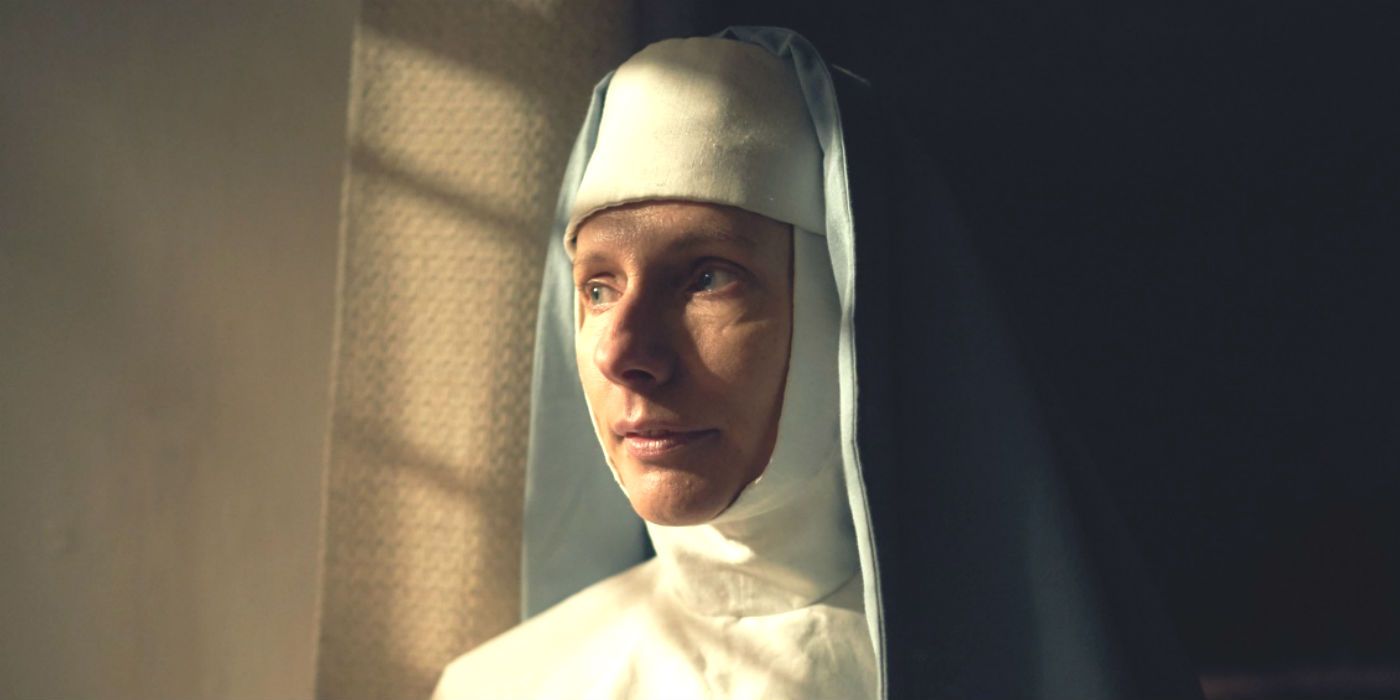
We're not going to lie, Netflix's Dracula takes a lot of creative liberties in its plot, but one of the things we can definitely get behind is the character Agatha Van Helsing representing her famous vampire-hunting inspiration. Where the book's Dr. Abraham Van Helsing was the eccentric occult expert, Sister Agatha brings something more complex to the table.
Agatha, both her past and future personas, represents the challenge of faith versus science. Much like how in the original novel there was a mix of medicine and superstition, Agatha uses both elements to combat her supernatural adversary. We think the good doctor would be proud.
6 By the Book: Classic Vampire Cliches

A common misconception vampire fans tend to make is forgetting that many of the standard vampire cliches such as being afraid of sunlight, casting no reflection, and unable to bear the sight of the cross all spurn from Bram Stoker's novel. Though a touch overdramatic in delivery, Netflix's Dracula checks all the boxes.
He avoids mirrors, has an aversion to sunlight, and is obviously weakened by any form of cross or crucifix. Some viewers might find these moments insanely overplayed, but keep in mind, Stoker was one of the first to invent these elements of vampiric lore.
5 Netflix Original: The Convent Massacre
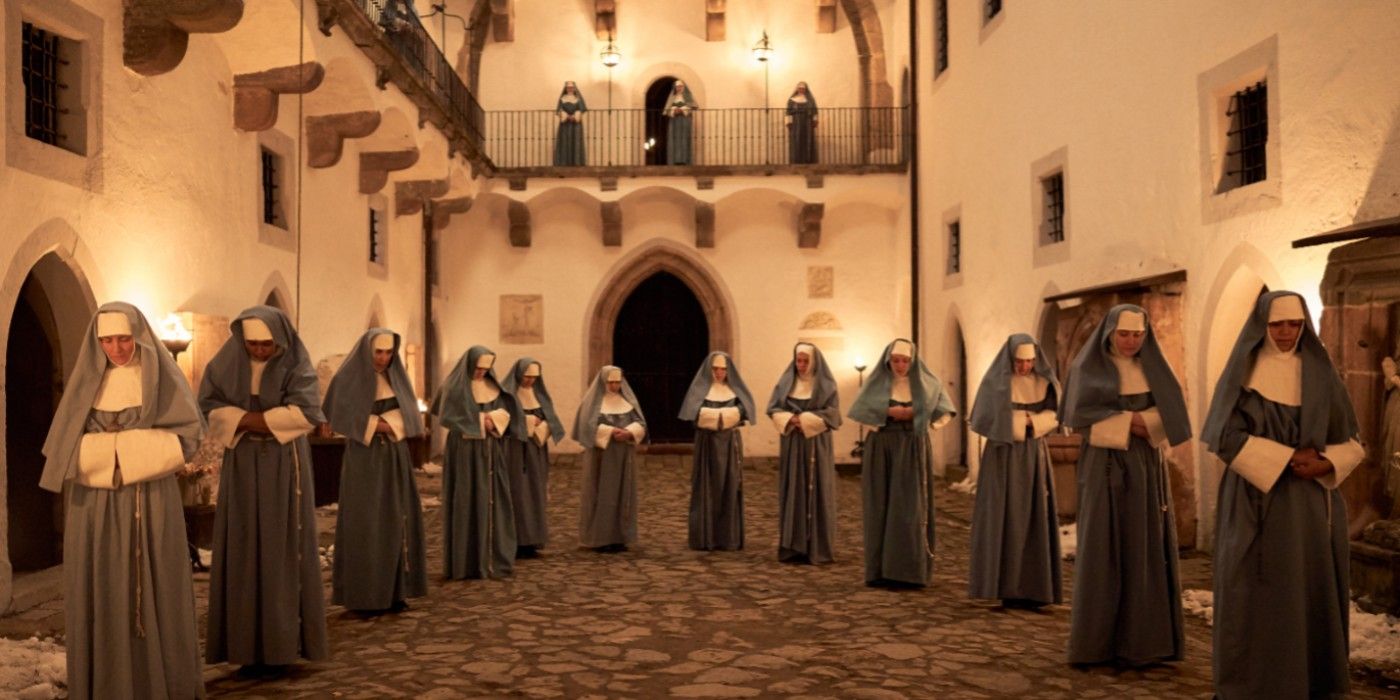
If you're a Dracula or vampire purist, you will no doubt notice after some period of time in the series, the show practically throws the source material out the window. In our humble opinion, Dracula slaughtering a convent of nuns was neither in the novel nor necessary for the plot, aside from providing an increase in gore and body count.
The only reason this sequence was added was mainly to remind us that we were, in fact, watching a horror series. As if the zombie minions and blood consumption weren't enough. Still, Netflix had to get the hardcore horror fans invested somehow.
4 By the Book: Dracula Becoming a Wolf
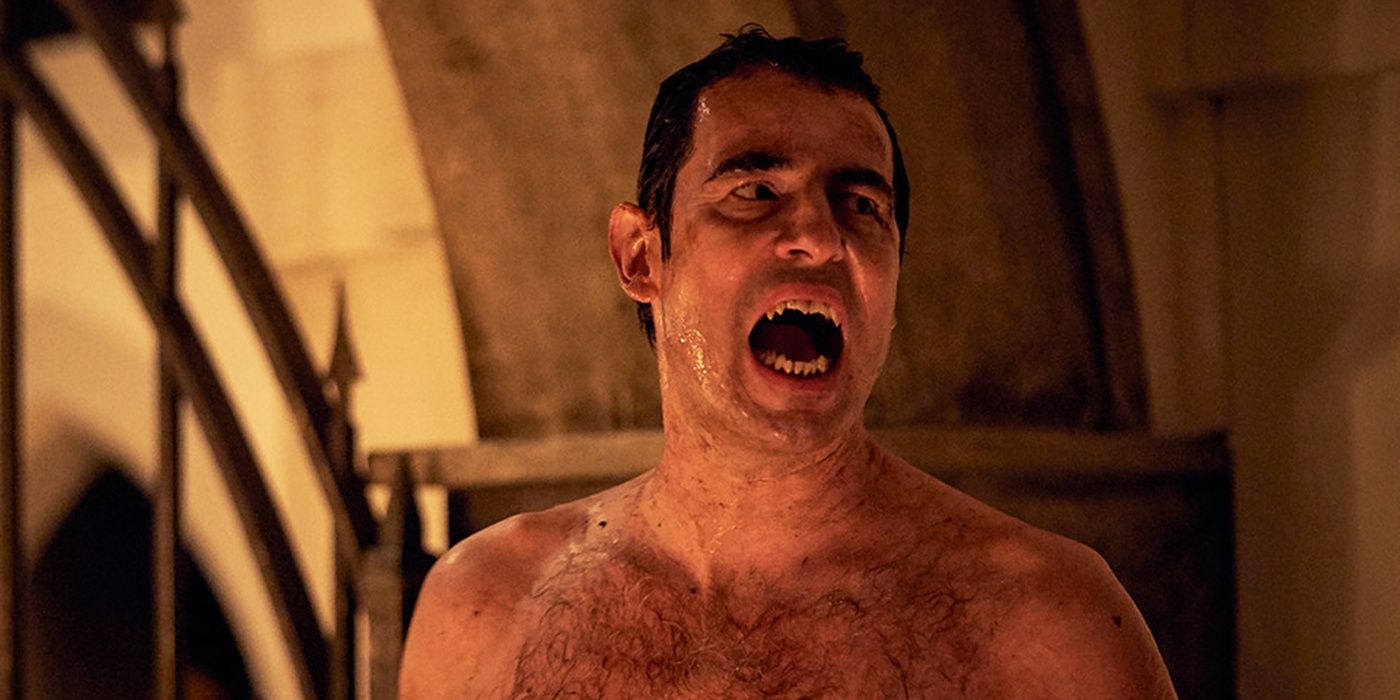
Though the idea of a man turning into a wolf sounds more lycanthrope than vampire by today's standards, one element many adaptations of Dracula leave out is the title character's ability to turn into a wolf. Although this version's transformation is far more shock-inducing than gothic, we have to put it on our list.
In the original text, Dracula uses his transformation abilities quite a bit, becoming a bat, a cloud of fog or mist, and a large wolf. Though not the most traditional use of the trope, we are impressed with how the series delivers on this element often missing from other adaptations.
3 Netflix Original: Dracula's Absorption Ability
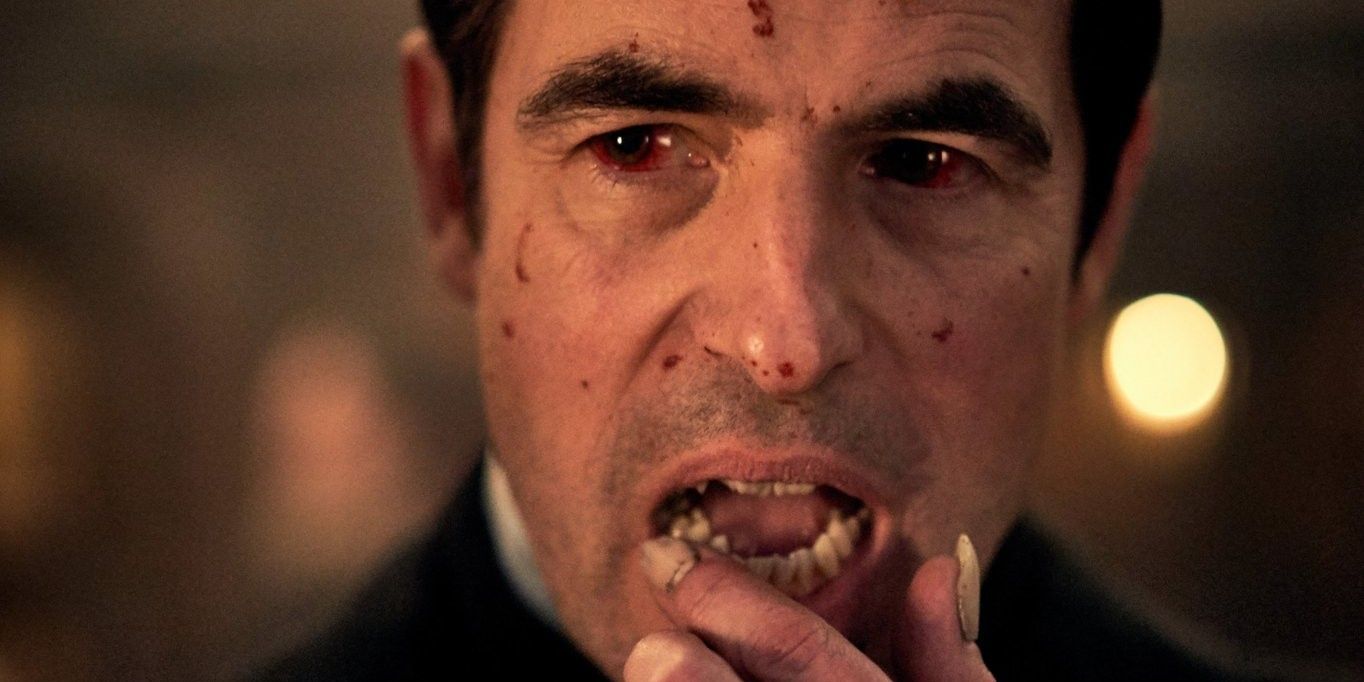
In the book, Dracula's consumption of blood restores his youth and vitality, but the Netflix version throws a few more advantages to his mindless gorging. For instance, each person he feeds from has a different flavor, which gives him different qualities possessed by the victim, such as the ability to speak German or steer a ship.
Granted, this is a very interesting addition to the Dracula story and vampire lore, but we think this might be making him more than a touch overpowered. This does, however, provide a little more personal detail as to how Dracula chooses his victims, instead of blindly biting any neck he finds.
2 By the Book: The Blood is Life/Lives
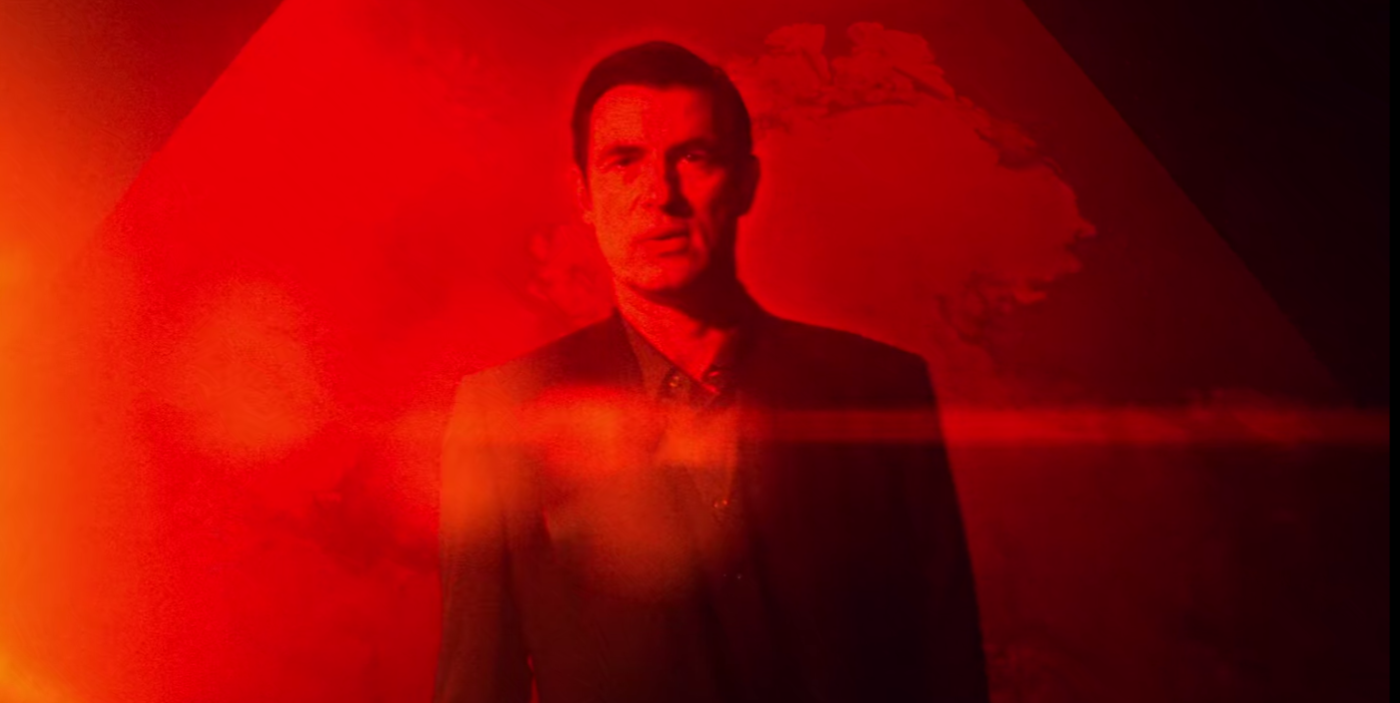
Perhaps the biggest element in the series is the line "Blood is lives." This comes directly from the source material, referencing the repeated mantra of "the blood is the life." Blood plays a key part in the novel, as it should in any vampire book, but let's say it runs thicker than water in both the series and text.
Dracula not only feeds and receives sustenance from the consumption of blood, but blood is also used as a metaphor for power, heritage, and survival. From feeding off of blood to live to the condition of someone's blood in adaptation and survival skills, it serves as the cornerstone of the plot.
1 Netflix Original: Almost All of the Final Episode
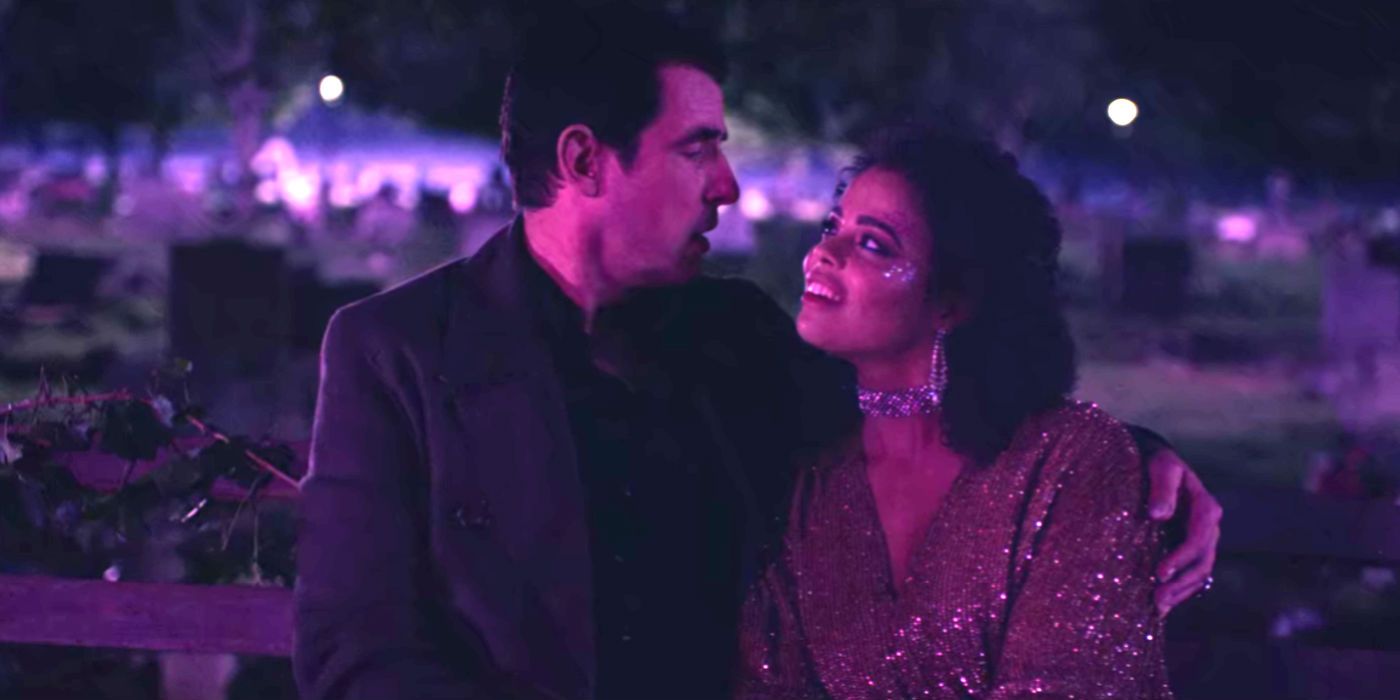
Remember what we said about the Netflix series throwing the original novel out the window? Nothing sums that concept up better than the final episode of the series. Though we are finally introduced to characters like Lucy, Quincy, Dr. Steward, and Renfield, a secret organization holding Dracula at gunpoint is definitely jumping the shark.
The moment Dracula walks out of the ocean and gets hit with the police searchlight, that's the moment we classic fans of the novel collectively slap our foreheads in frustration and infuriation. We're not saying there's anything wrong with a modern Dracula, but we're not sure the twain should meet.
from ScreenRant - Feed https://ift.tt/35zKnFv





No comments: